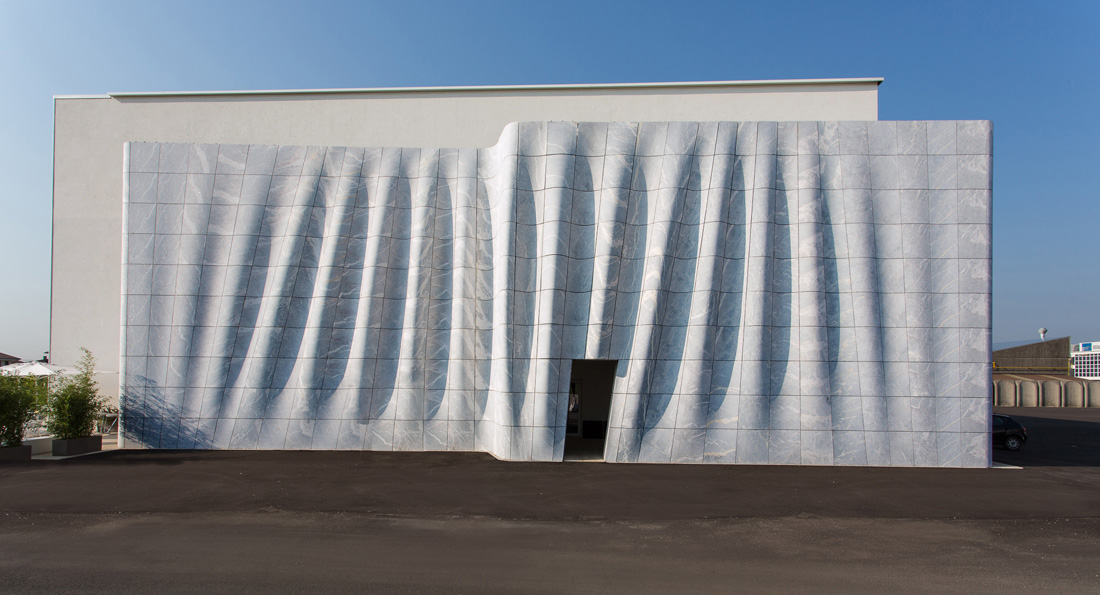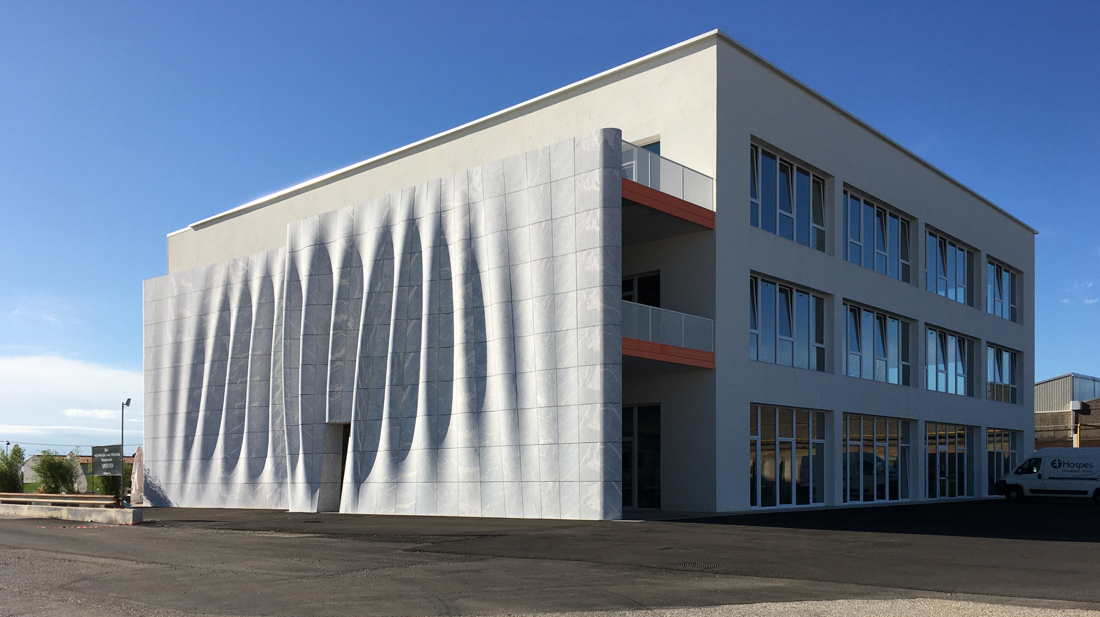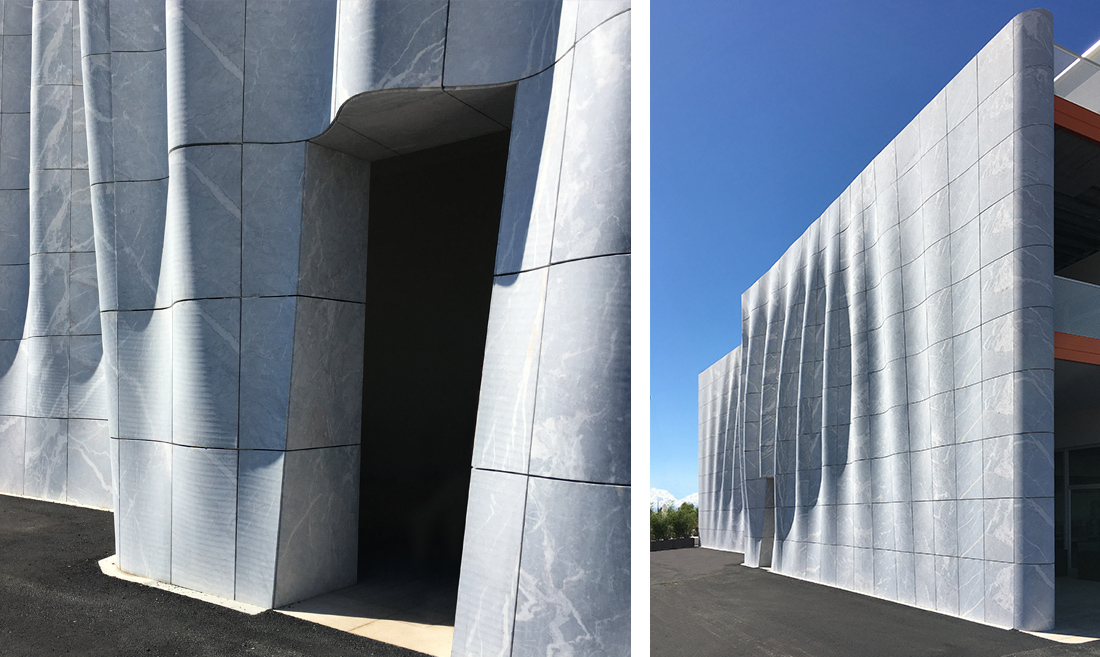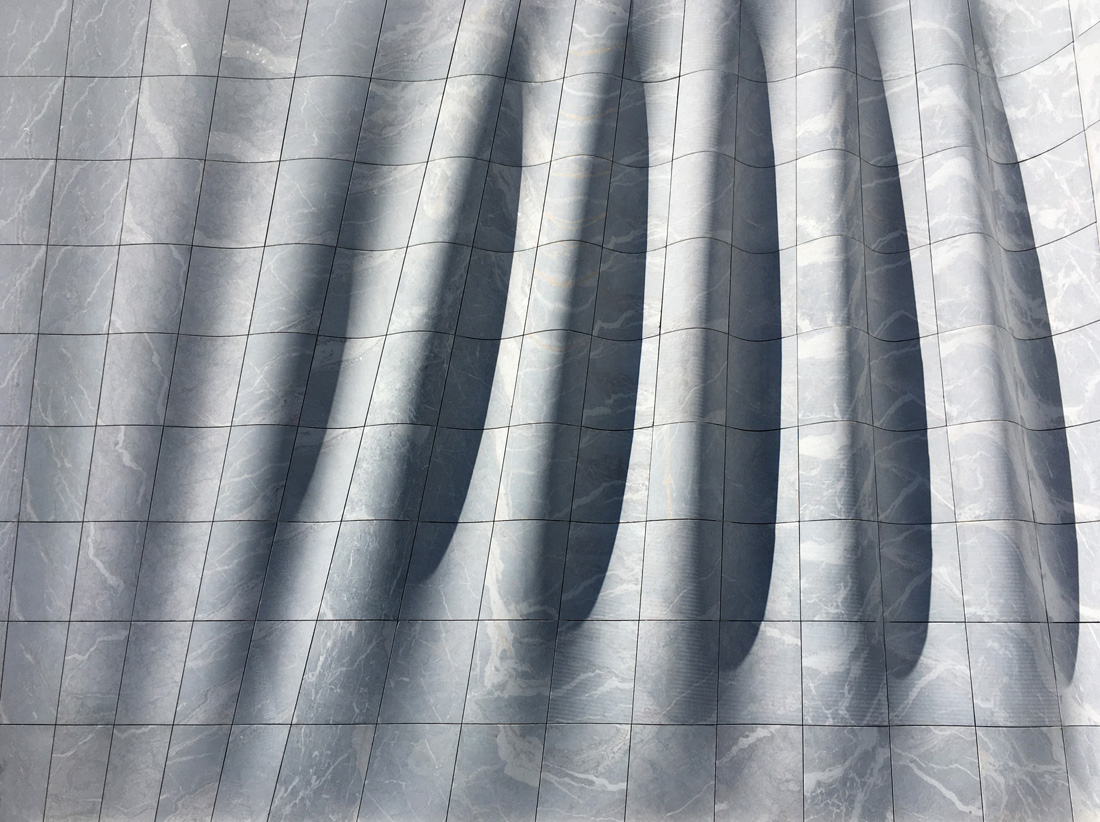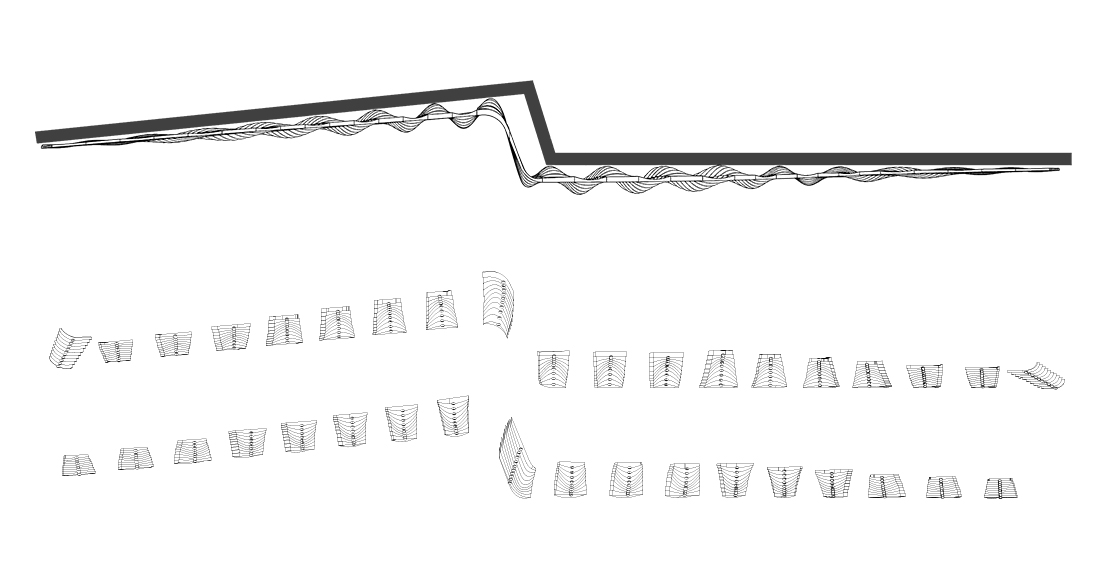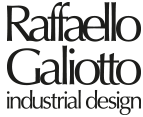RIPPLE A digital three-dimensional marble wall
project:
Raffaello Galiotto
production
Margraf spa
material
Fior di Pesco Carnico
2020
“This project is interesting because it is innovative but also extremely classical at the same time. It puts forward and sums up some of the concepts that I have developed in the past in a number of experimental marble works: reducing waste by choosing separation over removal, computer-aided design, and CNC machining. It was conceived and designed on computers, following numerical rules, a sense of order, and proportional thinking that may paradoxically be closer to Palladio than Frank Gehry. We’re lucky today because we have much more powerful calculation tools than in the past. They enable us to push beyond traditional habits and methods without betraying the spirit that sought out an ideal sense of beauty and proportionality, as the sublime goal of creation”
One year after the construction of Arcolitico – the majestic and iconic monumental arch in marble, 14.5 meters high our collaboration with Margraf is renewed for the realization of this second challenging work in Margraf Area in Gambellara (VI).
Ripple is an impressive stone propylaeum of strong three-dimensionality, of 600 square meters, in Fior di Pesco Carnico marble. An innovative work that ripples the two-dimensionality of the architectural stone surface typical of modernism and minimalism. Its folds burst into the planar surface like a stone in a pond, and its undulating skin, struck by the light, gives life to infinite and soft tonal variations, collected and reflected by the marble minutely modeled by computerized automatic machines.
The work is proposed as a sort of manifesto by relaunching the lithic three-dimensionality in architecture through an innovative method of cutting wire shaper. A separative process which, unlike the traditional process by crushing the excess material, surgically divides the marble block into parts, which are then reassembled in continuity giving life to a new, modeled, sinuous shape.
The complex design activity produced with the aid of parametric software allows the optimization of the material, cuts, and processing times, sequentially producing all the necessary lithic elements, such as the petals of a rosebud that are peeled one by one ready for the recomposition of the architectural wall.
The undulating stone cladding on the façade is made up of 350 pieces that are lined up in 35 columns of 10 different pieces. In addition, there are curved pieces on the sides of the wall and more than 300 flat tiles on the inside. The total surface area of the marble covering the entire wall is 600 m².
The ripples on the outside gradually get bigger towards the center and flatter towards the edges, reaching a total difference in depth of 70 cm, with 35 cm of convex rounding on the even columns and 35 cm of concave rounding on the odd columns. Each column is made of up 10 pieces and formed from the same block of marble thanks to sequential, shaped diamond wire cutting. The contouring process with individual blocks means that marble waste is minimal, while the sequential cutting enables the external and internal sides of each piece to be processed at the same time. The fact that the ten pieces in each column are made from the same block means that they have distinctive, unique veins and colouring. Once they are joined back together vertically, they have an interesting progressive texture.
It was necessary to take great care not only with the complex composition procedure but also with the issues relating to the thicknesses, which could not be allowed to vary too much. The 3D forms of the ripples were not just drawn up arbitrarily: they are the product of meticulous efforts to balance maximum visual appeal with minimum waste, consistency in the thicknesses, the need for mechanical attachments to the metal structure, and the limits imposed by the cutting machinery. There is also an opening in the wall so that people can go through the door into the building. It is sloped to match the ripples.
